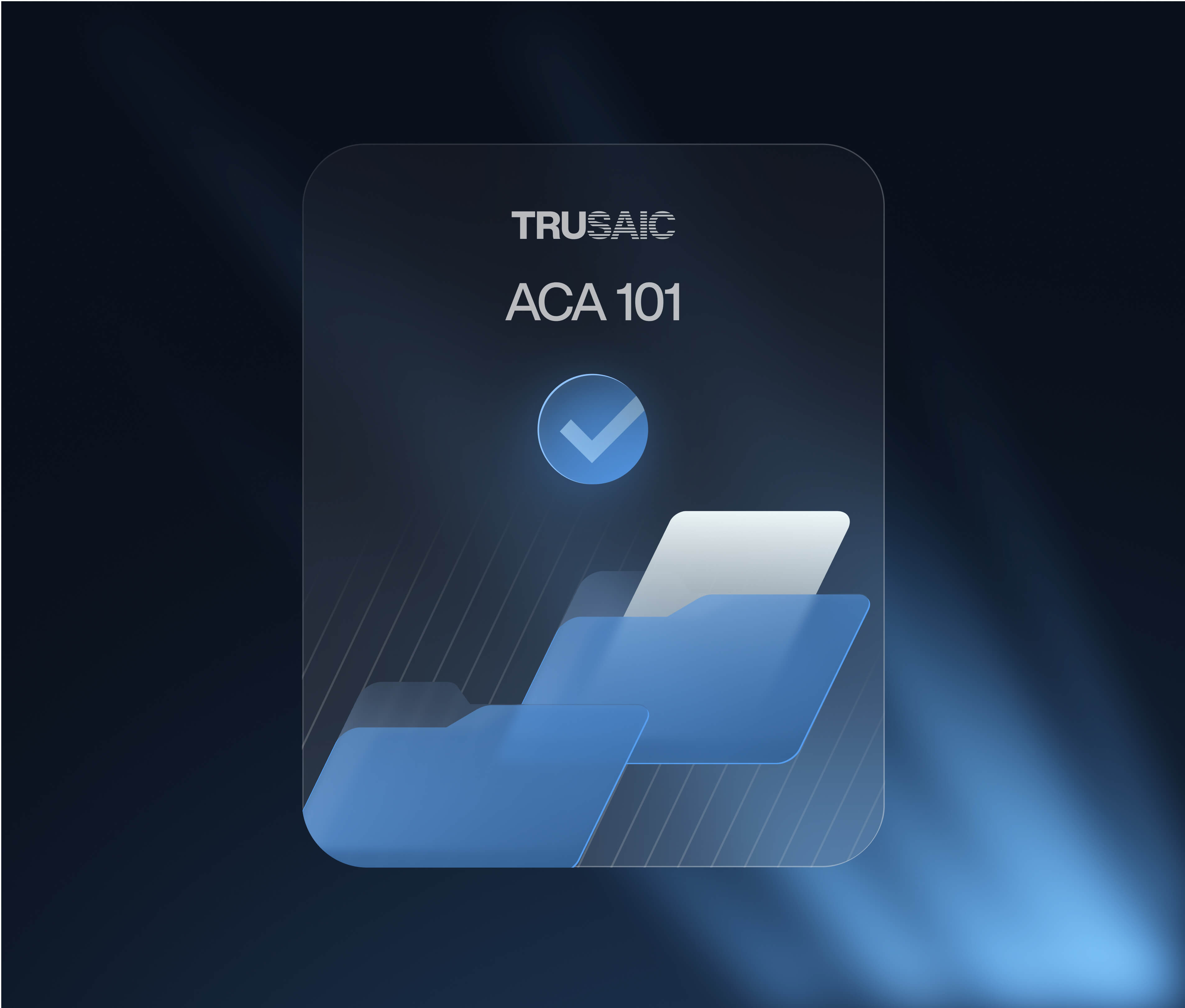The global landscape for pay equity and diversity, equity, and inclusion (DEI) is at a crossroads. As the European Union strengthens its pay transparency and DEI obligations through regulatory frameworks like the Pay Transparency Directive and Corporate Sustainability Reporting Directive (CSRD), the United States — under a new Trump administration — is taking a dramatically different approach.
Within the first week of taking office, President Trump issued Executive Orders rolling back DEI initiatives, increasing scrutiny of corporate DEI programs, and imposing legal risks for businesses engaged in federal contracts.
For multinational organizations operating in both regions, this divergence presents a complex compliance challenge: How can companies reconcile stringent EU-mandated DEI and pay equity reporting obligations with a U.S. regulatory environment increasingly hostile to these initiatives?
The answer lies in proactive, strategic governance that balances legal risks while maintaining corporate values and global commitments.
The U.S. Crackdown on DEI and Its Implications for Business
On Jan. 21, 2025, President Trump signed three Executive Orders aimed at dismantling DEI initiatives within the federal government and private sector. The orders include:
- Eliminating federal DEI programs under the directive “Ending Radical and Wasteful Government DEI Programs and Preferencing.”
- Restricting consideration of race, gender, and other diversity factors in federal employment with the order “Reforming the Federal Hiring Process and Restoring Merit to Government Service.”
- Directing federal agencies to investigate and deter private-sector DEI programs through “Ending Illegal Discrimination and Restoring Merit-Based Opportunity.”
Pay Equity Perfected With the Most Trusted Software
These policies have broad implications for companies operating in the U.S., particularly those engaged in government contracting. Key provisions include:
- Federal agencies must identify and investigate up to nine private entities for operating “illegal” DEI programs.
- Federal contractors must certify they do not operate DEI initiatives that violate U.S. anti-discrimination laws—a requirement that may trigger False Claims Act (FCA) risks.
- The Department of Justice is authorized to consider criminal charges related to non-compliant DEI programs.
Given the aggressive enforcement stance, businesses in the U.S. must re-evaluate their DEI initiatives, internal communications, and contractual obligations to mitigate potential liabilities.
The EU’s Expanding DEI and Pay Transparency Mandates
In stark contrast, the European Union has intensified its DEI and pay equity commitments through legislation such as:
- The Pay Transparency Directive, which mandates salary disclosures, gender pay gap reporting, and remedial actions to address inequities.
- The Corporate Sustainability Reporting Directive (CSRD), which requires companies to publicly disclose DEI policies, workforce composition, and efforts to eliminate workplace discrimination.
- National laws, such as Germany’s corporate governance mandates, which enforce gender diversity quotas for supervisory boards and executive leadership teams.
For EU-based companies, compliance with these regulations is non-negotiable. Organizations must integrate DEI into corporate governance, reporting, and executive compensation structures, often requiring disclosures that would likely trigger scrutiny in the U.S.
Navigating the Transatlantic Compliance Dilemma
Faced with conflicting legal requirements, companies must tread carefully. The following strategic actions can help multinational businesses mitigate risks while maintaining operational integrity:
- Conduct a Cross-Border Risk Assessment
- Identify potential exposure under U.S. federal mandates and EU regulations.
- Evaluate existing DEI and pay equity initiatives to determine areas of legal vulnerability.
- Align Internal Governance and Reporting Structures
- Develop tailored regional compliance frameworks rather than a one-size-fits-all approach.
- Implement separate governance models for DEI in the U.S. versus the EU to comply with local requirements while preserving corporate values.
- Strengthen Legal and Policy Coordination
- Establish dedicated task forces including legal, HR, and compliance teams across jurisdictions.
- Retain external legal counsel to review public disclosures, sustainability reports, and workforce policies for regulatory inconsistencies.
- Enhance Transparency with Strategic Messaging
- Clearly communicate that DEI and pay equity initiatives comply with specific EU laws to avoid misinterpretation in the U.S.
- Carefully vet sustainability reports, investor presentations, and public statements to ensure alignment with both regulatory environments.
- Monitor Regulatory Developments and Prepare for Compliance Shifts
- The U.S. landscape is evolving, with potential litigation and enforcement actions likely to shape corporate policies.
- EU laws will continue to expand, potentially increasing compliance burdens on multinational companies.
How Trusaic Can Help
For multinational companies, the path forward requires careful legal navigation, strategic policy adjustments, and a clear vision that prioritizes both compliance and corporate purpose.
Trusaic’s approach to pay transparency reporting — manage globally, execute locally — applies in this recent paradigm shift for pay equity. While other pay equity solutions have traditionally minimized the importance of compliance, Trusaic has, and continues to provide, defensible pay equity practices backed by the strongest methodology that avoids loopholes, pre-set reference classes, or gamification tactic
We simplify pay equity for global enterprises with the world’s most trusted software. Regulations evolve, and our solutions ensure you can adapt as necessary, no matter your needs.
- Our PayParity® software with R.O.S.A. helps you achieve global pay equity, and make every pay adjustment count in your ongoing commitment to unbiased, transparent pay practices.
- Salary Range Finder® helps you prevent pay inequities before they start by guiding you toward unbiased, competitive pay at every stage — hiring, promotions, and raises. This ensures compliance with salary range disclosure laws at the state level in the U.S. and under the EU Directive.
- RAPTR™ is your central control panel to manage pay reporting globally and execute globally. We simplify reporting across 50+ jurisdictions, and assist you with contextual narratives.
- Our TrueTransparency™ solution helps you elevate the narrative around your pay practices. We guide you in your path to disclosure and partner with you to develop and achieve your global pay transparency goals.
As the pay equity and transparency compliance picture becomes more complex, partner with a pay equity solution you can trust. By choosing Trusaic, you signal to the world that your compensation practices are compliant and beyond reproach — no matter the regulatory environment.








